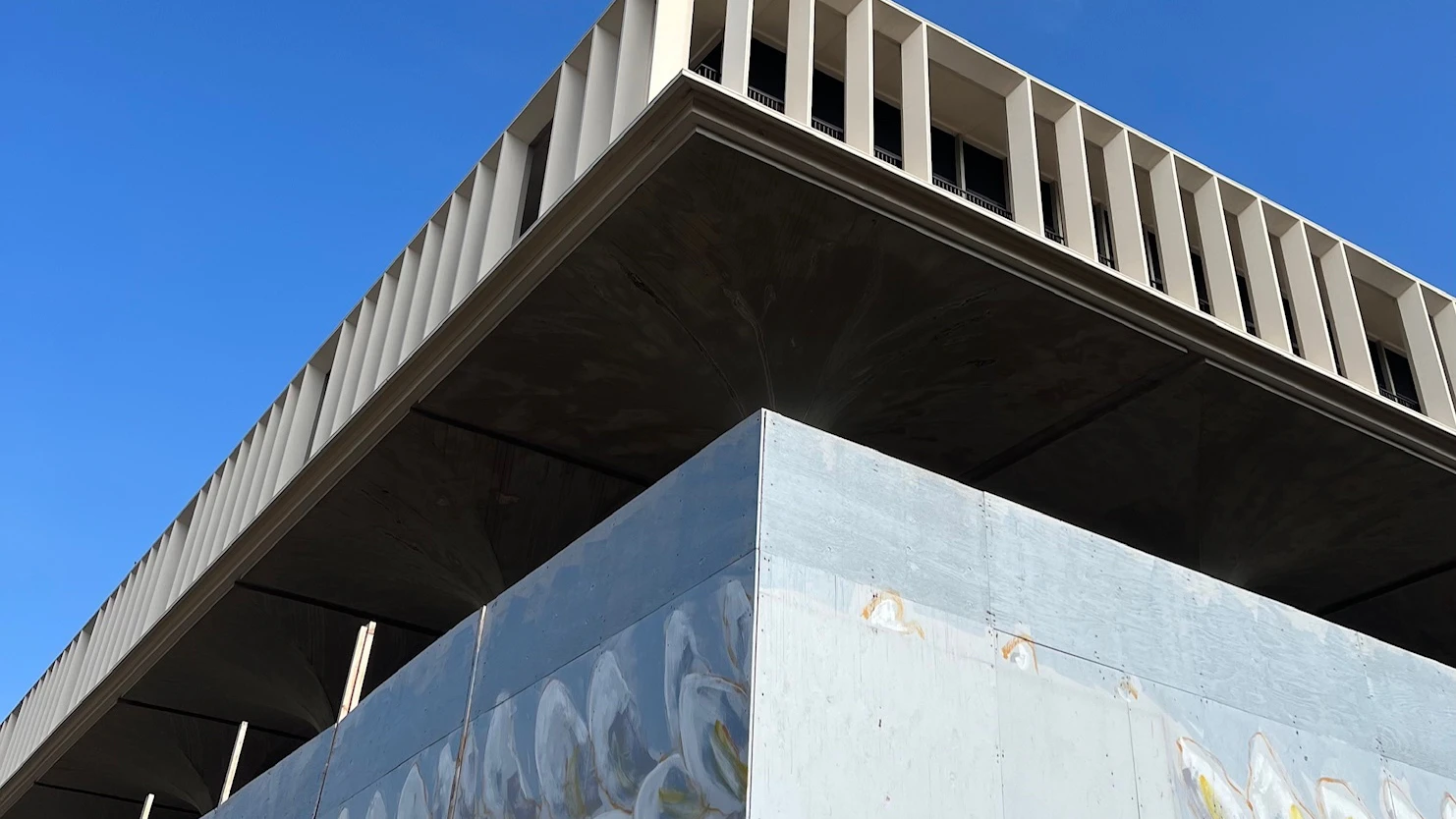The Hawai‘i Department of Transportation doesn’t have an estimate for how much the sweeping changes in its decarbonization plan will cost.
HDOT released in June a draft of its Energy Security and Waste Reduction Plan, a series of proposed actions to reduce carbon emissions from the transportation sector in order to reach the state’s goals of zero emissions by 2045.
Solutions in the plan include widespread adoption of electric vehicles, efforts to increase use of public transportation, possible reduction of cruise ship arrivals, conversions to more environmentally friendly ship and plane fuels, and more.
But one thing is not included in the plan: a price tag. While the plan includes a few funding benchmarks for specific goals — HDOT intends to spend $40 million on EV infrastructure buildouts by 2030, for example — the document does not include a comprehensive cost breakdown of what the proposed strategies will cost and who will pay.
“We just don’t know yet,” said HDOT director Ed Sniffen told Aloha State Daily during an online meeting about the document Monday.
Sniffen said the department’s decarbonization plan will be reevaluated as time goes by. As plans become more concrete over time, he said, HDOT will be able to better determine what the costs are, and possible alternatives if those costs are too high to consider.
Similarly, other impacts of the plan are still vague. For example, the plan to replace internal combustion vehicles with EVs will necessarily require a scale-up of the state’s electric grid capacity: based on data from Hawaiian Electric and the state Department of Business, Economic Development and Tourism, if all gas-powered cars were replaced by EVs, they will require, very approximately, more than 4,000 gigawatt-hours per year to charge, about 40% of the total power generation by HECO in 2024.
Sniffen said HDOT is working with HECO to determine how future power demand will change as more of the plan comes online, but couldn’t specify how or by how much the energy provider will need to increase its power generation.
In any case, Sniffen emphasized that the decarbonization plan is still in a draft phase and is still subject to change as it develops. Public hearings on the plan are still planned through the coming weeks — including one at 6 p.m. today at the Nānākuli Public Library — with the final plan scheduled for release in October.
Following that publication, HDOT representatives said some lawmakers are poised to introduce bills at the 2026 legislature to begin to enact the plan’s goals.





